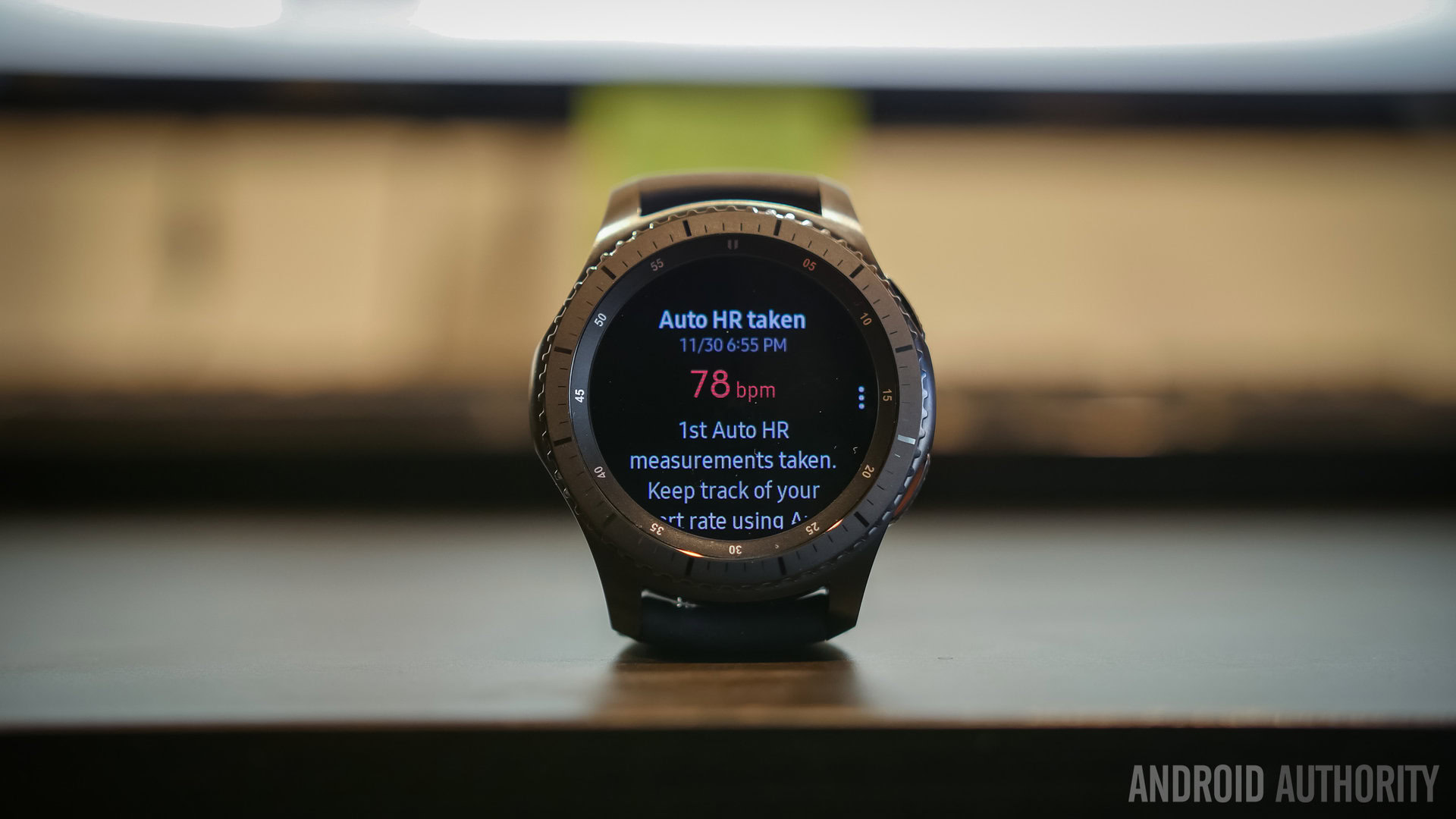Affiliate links on Android Authority may earn us a commission. Learn more.
Crazy person installs Wear OS on 2016 Galaxy Gear S3 because why the heck not?

- A developer has installed Wear OS on the Galaxy Gear S3 Frontier.
- The 2016 smartwatch originally shipped with Samsung’s Tizen OS.
- Lots of stuff is broken, and battery life is “poor,” so this isn’t going to breathe new life into your old watch.
In 2018, Samsung launched the Galaxy Watch. It was the first from the brand not to use the “Gear” branding it had adopted up until that point. In 2016, for example, its flagship smartwatch was the Samsung Galaxy Gear S3.
That watch shipped with Samsung’s own Tizen OS. Early Gear watches shipped with Android Wear, but Samsung abandoned that operating system pretty quickly. Fast forward to today, though, and we have the Galaxy Watch 4, which is the first (and only) Samsung watch with Wear OS.
See also: The best smartwatches you can buy
One developer over at XDA-Developers, however, wondered what 2016’s Samsung Galaxy Gear S3 Frontier would be like with Wear OS instead of Tizen. The only way to find out is to do it, so they flashed the latest Wear OS 2 ROM onto the device and talked about what happened.
Below, you can see screenshots showing Wear OS on the Galaxy Gear S3, which is certainly an interesting sight.
Samsung Galaxy Gear S3 running Wear OS
Now, don’t get too excited about digging out your old watch and throwing Wear OS onto it. The developer — parasetam0l — admits that the Gear S3 is royally borked in multiple ways. First, battery life is “poor,” so that’s roadblock number one. The watch also can’t use tilt-to-wake, GPS, or NFC. Even step-counting is broken.
On the plus side, the rotating bezel — a long-favorite feature of Samsung watches — does work as expected. It’s possible parasetam0l could get the other broken issues working better over time.
To read all about how the developer did this and how you can try it for yourself, check out the XDA thread.